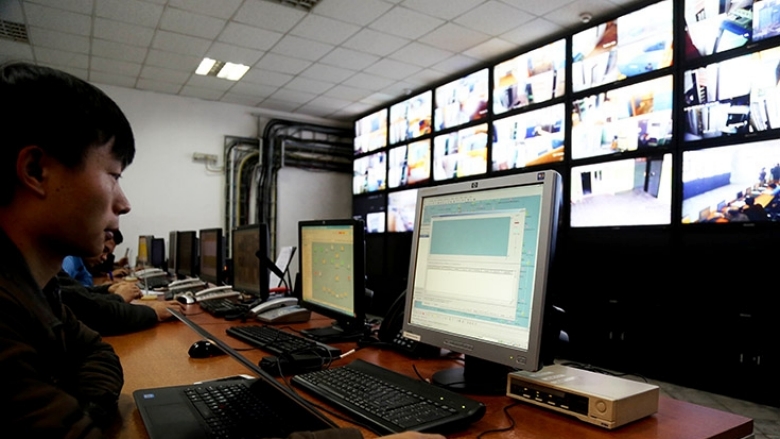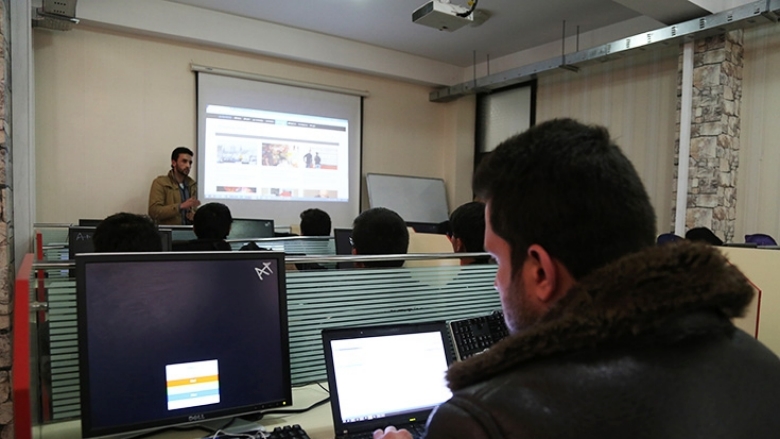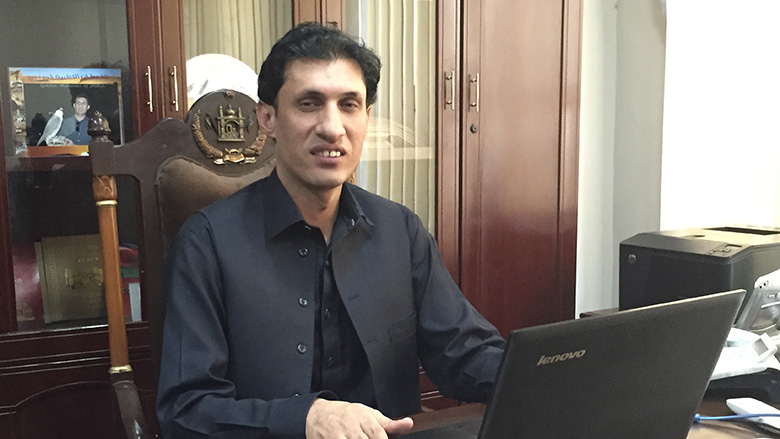In recent years, Afghanistan has witnessed unprecedented and phenomenal growth in ICT. Apart from the fast growth in Internet and mobile technology services provided by six active telecom companies, there is also a significant increase in the use of ICT in government activities. The Government of Afghanistan uses ICT to improve efficiency, effectiveness, and transparency as well as increase capacity to deliver quality services to Afghan citizens and increase their participation in governance.
“The phenomenal growth in ICT during the past 10 years clearly shows that Afghanistan has the potential to be a leading model of advanced Information and Communications Technology in coming years,” says Abdul Mujeeb Mohmand, Director of the E-Government Directorate. He points out that until recently none of the government ministries and other governmental institutions had a proper and secure website, as all line ministries hosted their websites with private companies located in foreign countries.
Mohmand is a good example of the new cadre of experts recruited by the government to strengthen ICT services. He holds a PhD in Public Administration and a Master’s Degree in Information and Communication Engineering from the Korean Advanced Institute of Science and Technology in South Korea, and was recruited by the Capacity Building for Results (CBR) Program. CBR assists line ministries to recruit qualified and innovative managers to lead the improvement of government services.
The CBR Program was formed in 2012 with the aim to assist the government improve capacity and performance of core line ministries in carrying out their mandates, and delivering efficient and quality services to the Afghan people. This effort is complemented by the ICT Sector Development Project, supported by the World Bank, supports the Government in improving infrastructure and deploying mobile applications to expand the delivery of public services.
CBR supports broad reforms in public administration at national and subnational levels including restructuring, recruiting, and building the capacity of civil servants so that the government becomes capable of achieving its objectives and targeted results. CBR also serves to consolidate key donor interventions into one project. Funded through the Afghanistan Reconstruction Trust Fund (ARTF), CBR is managed by the Program Support Units at the Ministry of Finance, Directorate of Budget, and the Independent, Administrative Reform and Civil Service Commission.
Building capacity in e-governance
E-Government has been instrumental in improving services by introducing the use of ICT in ministerial operations and services. For example, says Mohmand, “With the implementation of the Electronic ID Project, the Ministry of Interior can easily and quickly check an individual’s background and identity, whereas before it would have taken a very long time."
In recent years, MoCIT successfully supported 20 schools and universities in Jalalabad, Kunar, and Bamiyan provinces, creating computer laboratories, and connecting them to the fiber optics network. In addition, training and specially tailored programs were launched to familiarize students with the use of new technology. In the coming year, with the cooperation of the Ministry of Education, E-Government plans to expand its activities and cover more than 200 more schools and universities.
In addition, the E-Government Department has developed mobile applications for the health, finance, and education sectors. Currently, 10 applications have been developed and will be launched soon. For example, in the agriculture sector, a mobile phone application will enable farmers to easily access information about current market prices and other agricultural issues to improve their income.
In addition, the E-Government Department, supported by the World Bank's ICT Sector Development Project, has developed mobile applications for the health, finance, and education sectors. Currently, 10 applications have been developed and will be launched soon. For example, in the agriculture sector, a mobile phone application will enable farmers to easily access information about current market prices and other agricultural issues to improve their income.



